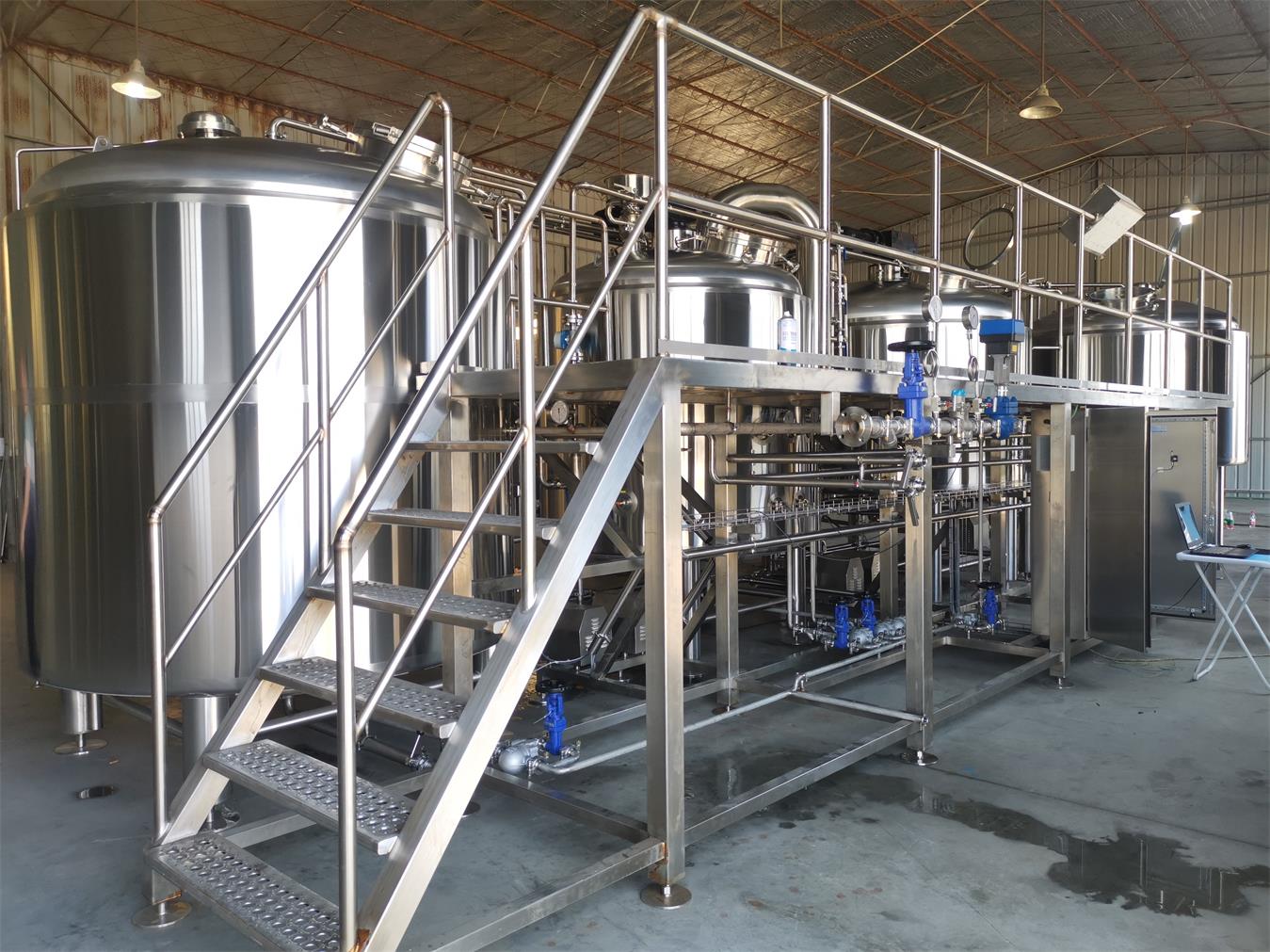Beer Brewing Machine Guide for 2025
Overview of Beer Brewing Machines
A beer brewing machine is a modern marvel that automates and simplifies the brewing process. Think of it as your personal assistant for making beer, managing everything from mashing to fermentation. These machines are available in various capacities and designs, catering to hobbyists and professional brewers alike.
Why Use a Beer Brewing Machine?
- Ease of Use: Brewing beer traditionally can be complicated, involving multiple steps and equipment. A beer brewing machine simplifies the process.
- Consistency: Achieve uniform results every time with precise temperature and timing controls.
- Space Efficiency: Compact designs mean you don’t need a sprawling setup to brew quality beer.
- Cost Savings: Over time, brewing your beer can be cheaper than buying craft beer.

Troubleshooting Common Issues with Microbrewing Equipment
Even the best beer brewing machines can encounter hiccups. Here’s a rundown of common issues and how to address them:
1. Inconsistent Temperatures
Temperature control is critical for brewing. If you notice inconsistent readings, it’s often due to:
- Faulty Sensors: Check if the temperature probe is clean and correctly positioned.
- Software Glitches: Restart the machine or update the software to ensure accurate calibration.
2. Clogging in Tubes or Valves
Clogs can disrupt the brewing process and ruin your batch. Common causes include:
- Grain Residue: Use a fine mesh strainer to filter grains during the mash.
- Hardened Residues: Clean all tubing and valves thoroughly after each brew.
3. Fermentation Failures
If fermentation isn’t happening, it could be due to:
- Inactive Yeast: Ensure you’re using fresh, viable yeast.
- Contaminated Equipment: Sanitize everything before starting a new batch.
The Brewing Process Simplified
Brewing beer with a machine is a breeze compared to traditional methods. Here’s how it works:
1. Mashing
This is where the grains meet water at specific temperatures to extract sugars. A good beer brewing machine maintains precise temperature control during this step.
2. Lautering
After mashing, the liquid wort is separated from the spent grains. Machines with built-in filtration systems make this step hassle-free.
3. Boiling
The wort is boiled, and hops are added for flavor. Modern machines let you program hop additions for the perfect taste profile.
4. Cooling
Cooling the wort rapidly is essential to avoid contamination. Most machines include built-in chillers.
5. Fermentation
Add yeast to the cooled wort, and the fermentation process begins. Machines with temperature-controlled fermentation chambers ensure optimal results.
6. Bottling
Once fermentation is complete, you’re ready to bottle or keg your beer. Some machines even assist with carbonation!
Comparison of Beer Brewing Machine Features
| Capacity | Space Requirements | Design | Customization Options |
|---|---|---|---|
| Small (1-3 gallons) | Minimal counter space | Compact, stylish | Basic controls |
| Medium (5-10 gallons) | Requires dedicated area | Stainless steel, durable | Advanced programming |
| Large (10+ gallons) | Significant space needed | Industrial-grade, modular | Fully customizable |
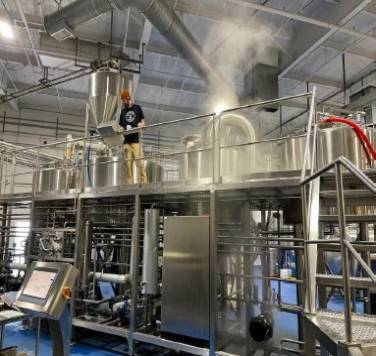
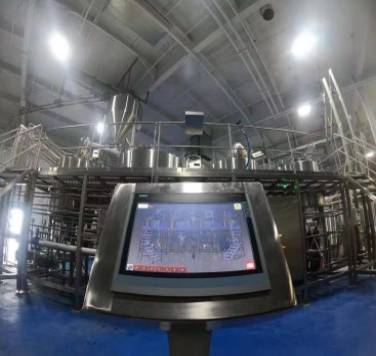
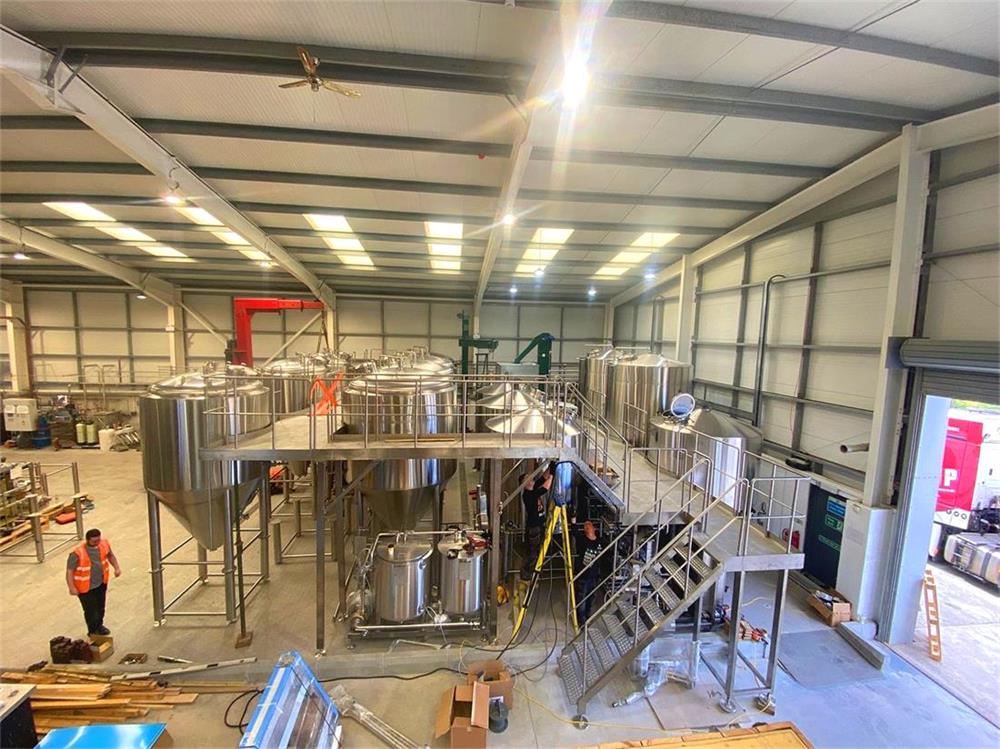
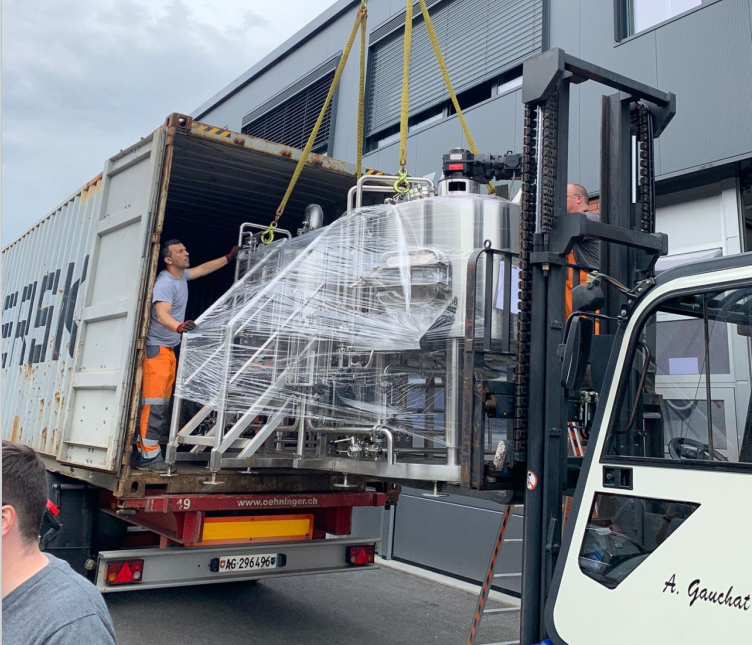
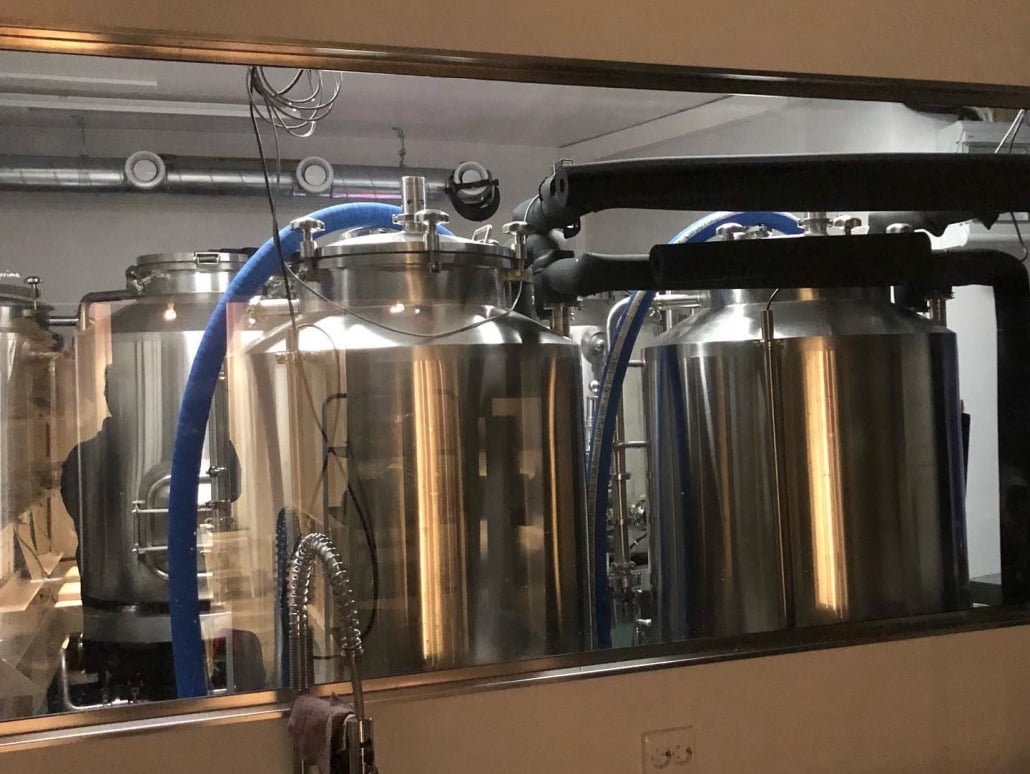

Top Suppliers and Price Ranges
| Supplier Name | Price Range | Notable Features |
|---|---|---|
| BrewArt | $500 – $1,200 | App-controlled, compact design |
| PicoBrew | $800 – $2,500 | Automated processes, recipe flexibility |
| Grainfather | $1,000 – $3,500 | High capacity, advanced controls |
| Anvil Foundry | $400 – $900 | Affordable, simple operation |
Installation, Operation, and Maintenance
| Aspect | Details |
|---|---|
| Installation | Follow manufacturer’s instructions for setup; ensure proper power supply. |
| Operation | Use pre-programmed recipes or customize brewing parameters. |
| Maintenance | Clean all parts thoroughly after each use; descale regularly to avoid buildup. |
How to Choose the Right Supplier
| Factor | What to Consider |
|---|---|
| Reputation | Look for reviews and testimonials from other users. |
| Customization Options | Check if the supplier offers machines tailored to your needs. |
| Support Services | Ensure after-sales support and warranty coverage. |
| Price | Compare cost versus features for the best value. |
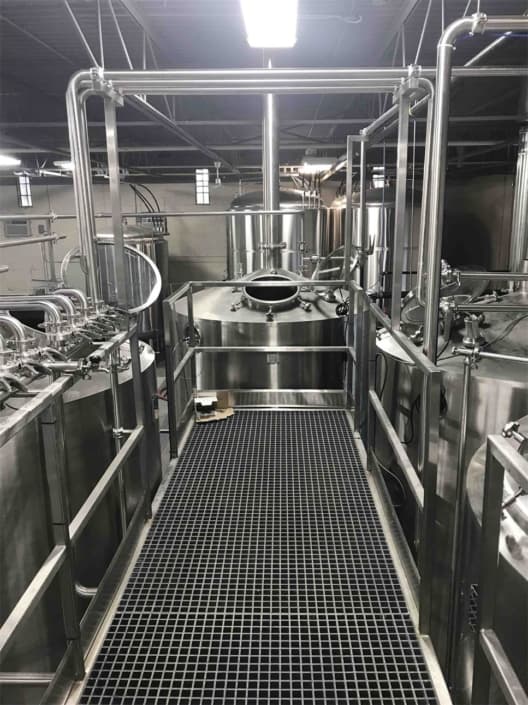
Advantages and Limitations of Beer Brewing Machines
| Advantages | Limitations |
|---|---|
| Simplifies brewing process | Initial investment can be high |
| Produces consistent results | Limited customization on entry-level models |
| Compact and space-efficient | Regular cleaning and maintenance required |
| Perfect for beginners and experienced brewers | Complex recipes may still require manual tweaks |
FAQs
| Question | Answer |
|---|---|
| Can I brew different beer styles? | Yes, modern machines support a wide variety of beer styles. |
| How long does brewing take? | Depending on the machine, brewing can take 7-14 days (including fermentation). |
| Are these machines suitable for beginners? | Absolutely! Many machines are designed with beginners in mind. |
| What’s the lifespan of a beer brewing machine? | With proper maintenance, they can last 5-10 years or more. |
| Do I need additional equipment? | Some accessories like bottles and caps may need to be purchased separately. |
FAQ (Beer Brewing Machine)
1) What electrical setup do most beer brewing machines require?
Small units run on 120V/10–15A; mid/large all‑in‑ones often need 240V/20–30A with GFCI protection. Check NEMA plug type and circuit capacity.
2) How do I keep mash temperatures uniform in an all‑in‑one?
Gently recirculate, stir at dough‑in, insulate the kettle, calibrate probes, and verify temps at multiple depths to avoid stratification.
3) Can beer brewing machines handle high‑gravity beers (OG > 1.080)?
Yes, but watch grain bed depth and pump flow. Consider thinner mash, step sparging, or supplement with malt extract to hit gravity without stuck recirculation.
4) What lowers my risk of off‑flavors during automated brewing?
Tight temperature control, rapid chilling, closed transfers where possible, oxygen‑minimizing practices post‑fermentation, and rigorous sanitation/CIP.
5) How often should I descale and sanitize a beer brewing machine?
Rinse immediately post‑brew, alkaline clean every batch, acid descale every 3–5 brews (or when efficiency drops), and sanitize before cold‑side contact.
2025 Industry Trends for Beer Brewing Machines
- App‑native ecosystems: Cloud recipes, boil addition automation, and Bluetooth hydrometers for live gravity estimates.
- Indoor‑friendly kits: Condenser lids and compact ventilation reduce humidity and odors in small spaces.
- Efficiency upgrades: Better insulation and low‑watt‑density elements shorten heat‑up and reduce scorching.
- Safety baked‑in: More GFCI cords, dry‑fire protection, and boil‑over sensors as standard.
- Sustainability: Short‑cycle CIP, reusable rinse water, and lower standby losses.
2025 Benchmark Snapshot (directional)
| Metric | 2023 Avg | 2025 Avg | Notes/Source |
|---|---|---|---|
| 30–35 L all‑in‑one price | $400–$550 | $425–$600 | Added app features/insulation |
| 60–70 L advanced system price | $1,100–$1,600 | $1,200–$1,800 | Higher power, better pumps |
| Heat‑up 20°C→100°C (2.4–3.0 kW) | 50–60 min | 40–55 min | Element efficiency, insulation |
| Typical brew day active time | 4.5–6 h | 4–5.5 h | Automation gains |
| Residential electricity (US avg $/kWh) | $0.13–$0.17 | $0.14–$0.19 | U.S. EIA |
Sources:
- U.S. Energy Information Administration: https://www.eia.gov
- Major homebrew retailers’ 2024–2025 listings (e.g., MoreBeer, Northern Brewer, Williams Brewing)
- Community/vendor specs and reports (HomebrewTalk, ProBrewer): https://www.probrewer.com
Latest Research Cases
Case Study 1: Closed Transfers on Small Brewing Machines Lower Oxygen (2025)
Background: Home brewers reported stale flavors after 6–8 weeks in bottles.
Solution: Implemented closed transfers from machine to fermenter and to keg using CO2‑purged lines; added foam control at packaging.
Results: Package DO reduced from ~120–180 ppb to ~40–70 ppb; shelf‑life improved by ~4–6 weeks at ambient storage.
Case Study 2: Probe Calibration + Step Mash Improves Efficiency (2024)
Background: A 35 L machine showed 62–70% brewhouse efficiency with variable attenuation.
Solution: Two‑point temp calibration, standardized crush (~1.2 mm), gentle continuous recirculation, and pH targeting 5.2–5.4 with mineral adjustments.
Results: Efficiency rose to 74–79%; attenuation stabilized and hop aroma retention improved in pale ales.
Expert Opinions
- John Palmer, Author of “How to Brew”:
“Electric brewing shines when mash temperature and pH are dialed. Calibrate your thermometer and hit 5.2–5.4 pH to maximize enzyme performance.” - Denny Conn, Homebrewer and Author:
“The best upgrade after a solid beer brewing machine is fermentation control. Stable yeast temps deliver the biggest flavor payoff.” - Annie Johnson, AHA Homebrewer of the Year (2013):
“Use your machine’s repeatability to iterate quickly—one variable per batch—so you learn faster and keep quality climbing.”
Practical Tools/Resources
- American Homebrewers Association: https://www.homebrewersassociation.org
- Brewers Association (homebrew safety/resources): https://www.brewersassociation.org
- BrewFather and Brewer’s Friend (profiles, timers, inventory): https://brewfather.app | https://www.brewersfriend.com
- Bru’n Water (water chemistry): https://www.brunwater.com
- ProBrewer forums and knowledge base: https://www.probrewer.com
Optimization tip: Add internal links to “beer brewing machine buyer’s checklist,” “how to do closed transfers at home,” and “step mash and pH tuning on all‑in‑one systems” to strengthen topical authority for Beer Brewing Machine.
Last updated: 2025-09-09
Changelog: Added 5 FAQs, 2025 benchmark table, two case studies on oxygen control and mash optimization, expert commentary, and vetted resources for Beer Brewing Machine
Next review date & triggers: 2026-03-01 or earlier if retail pricing shifts >10%, major firmware/app updates change capabilities, or new homebrew electrical safety guidance is issued
Share this entry
Interested in learning more about Brewing Systems including additional details and pricing information? Please use the form below to contact us!
YOLONG BREWERY EQUIPMENT FAQS
- Commercial Brewery / Craft Brewery / Microbrewery / Nanobrewery
- What is The Difference Between Craft Beer and Industrial Beer?
- The Bespoke Differences In Custom Brewing Systems
- Everything You Need to Know About Kettle Souring
- How to Choose Brewing Equipment for Your business?
- How To Choose The-Best Partner To Build Your Commercial Microbrewing System?
- Two Detection Sensors That You Need To Use In Your Brewhouse System
- Remote Control Applications in Brewing Equipment/How does it work?
- How To Clean Your Brand New Brewery Tanks?

